Smartler - Smartler
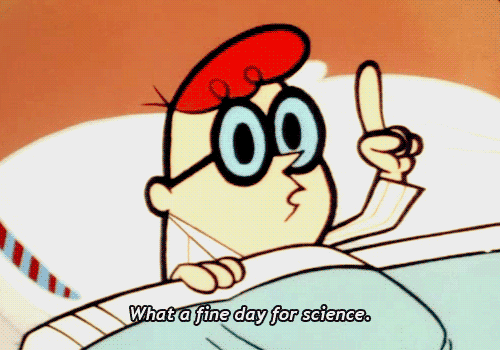
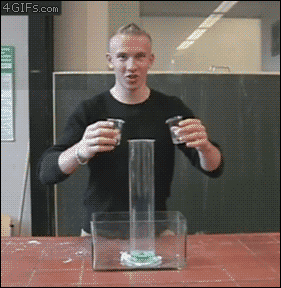

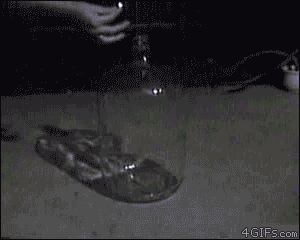
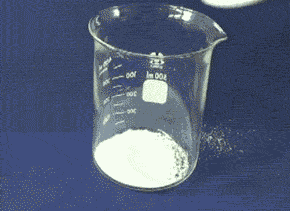
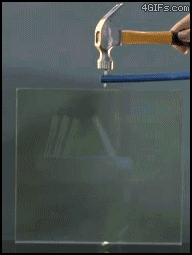




More Posts from Smartler and Others
Perfect magnets
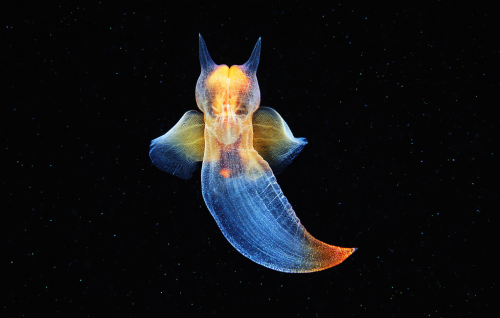
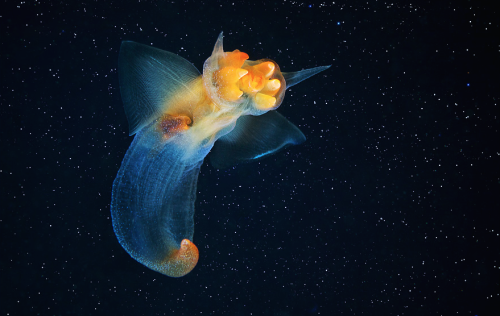
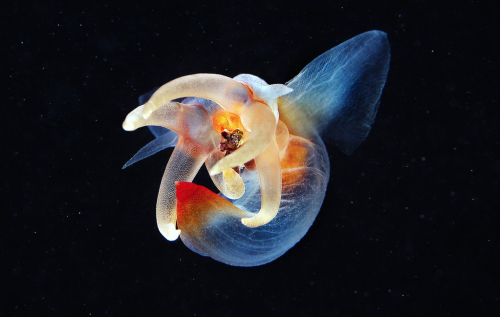
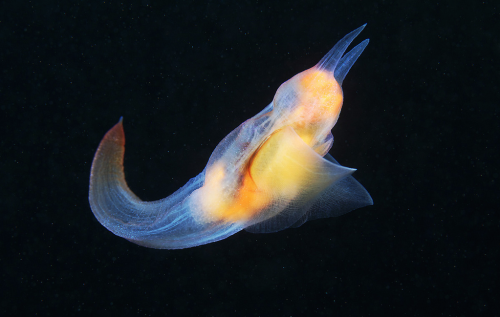
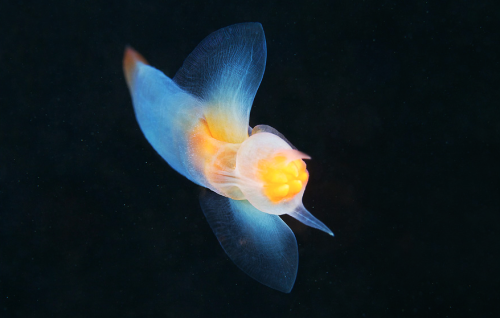
this is a sea angel (clione limacina), photographed by alexander semenov swimming with its wing like fins in russia’s white sea. these translucent pteropods, measuring only a few centimeters in length, are actually sea snails sans shells. lacking this cumbersome but protective shell, sea angels instead synthesize bad tasting compounds that dissuade predators from eating them. (see also: bobtail squid and josh lambus’ work)


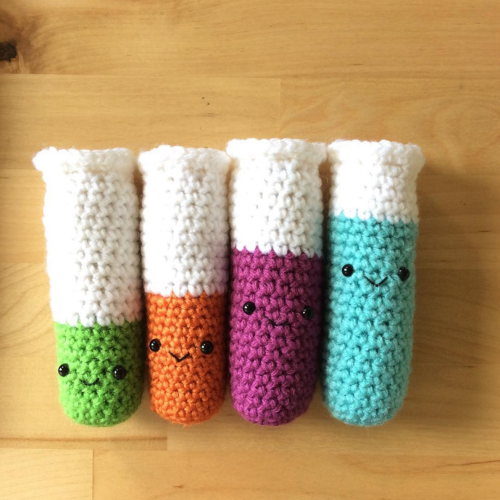
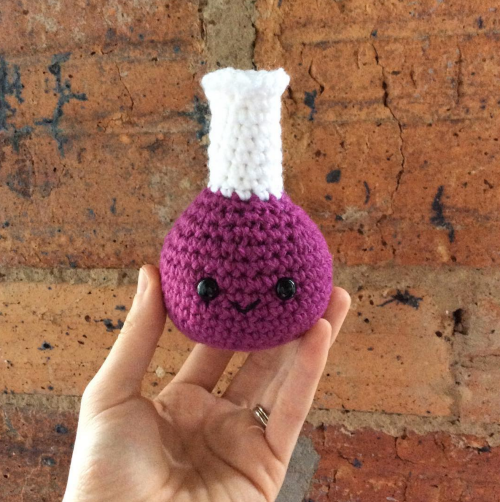
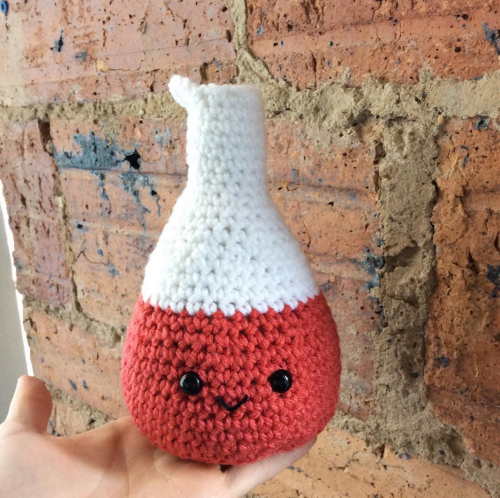
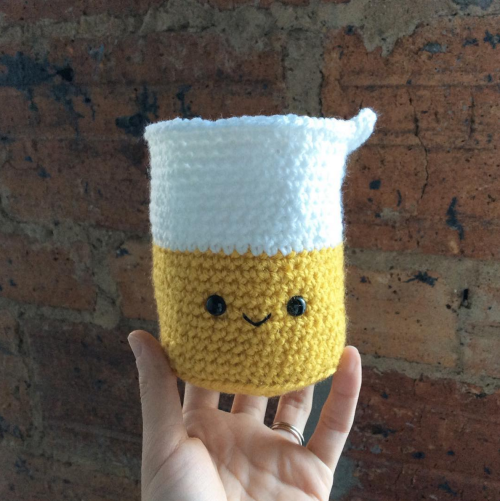


Textile Art + Science = Crocheted Chemistry
Dallas, TX-based textile artist Lauren Espy just completed crocheting the cutest chemistry set we’ve ever seen. Each handmade piece of amigurumi lab equipment, colorful beakers and test tubes, and a fiery little bunsen burner (our favorite), wears a smiling face that clearly says they’re ready to do some awesome science.

Follow Lauren Espy on Instagram to check out more of her crocheted creations. Espy sells some of her pieces via her Etsy shop, where she plans to list smaller pieces of crocheted chemistry equipment in the near future. So stay tuned!
[via A Menagerie of Stitches]
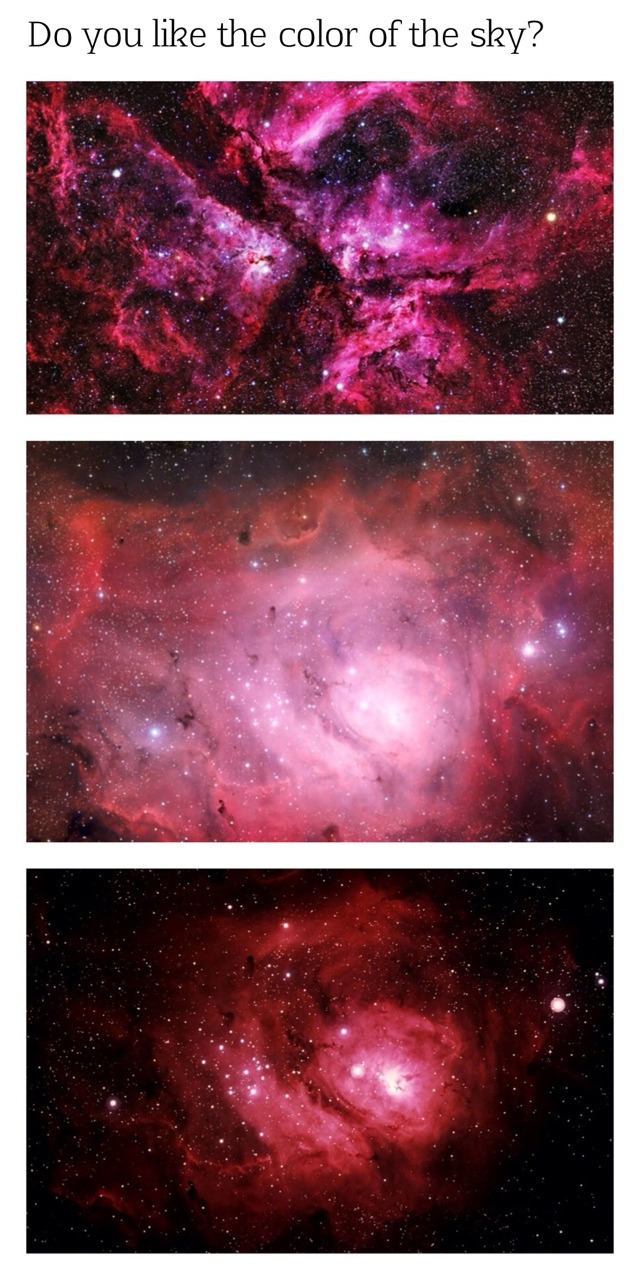
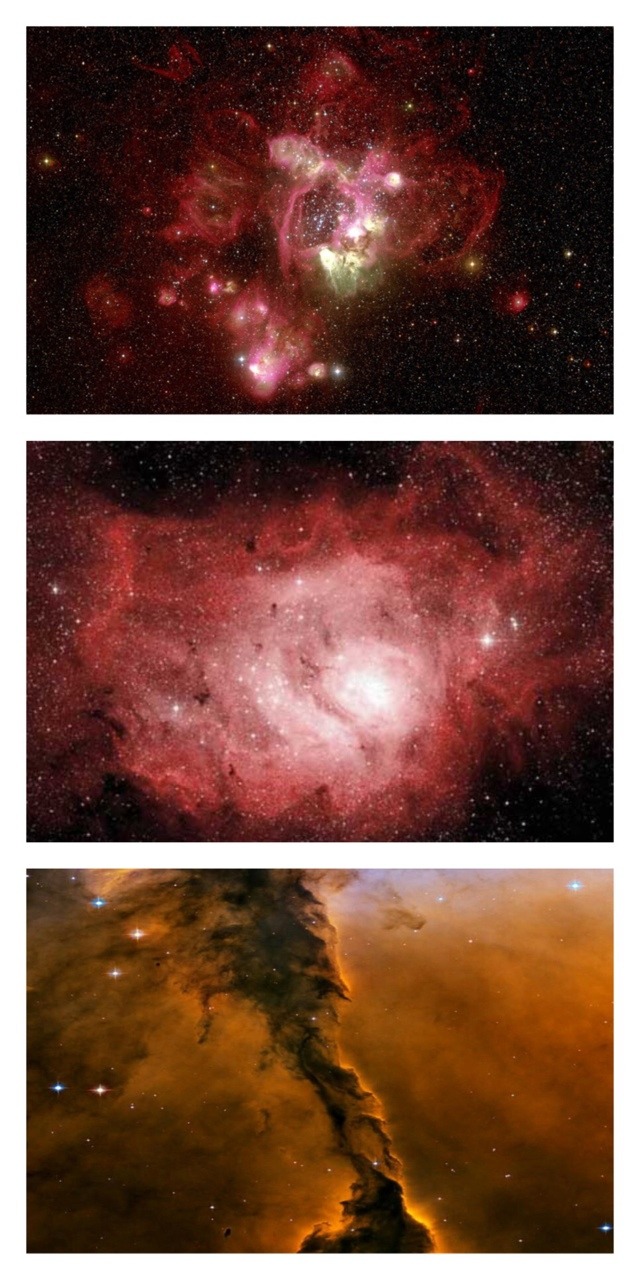
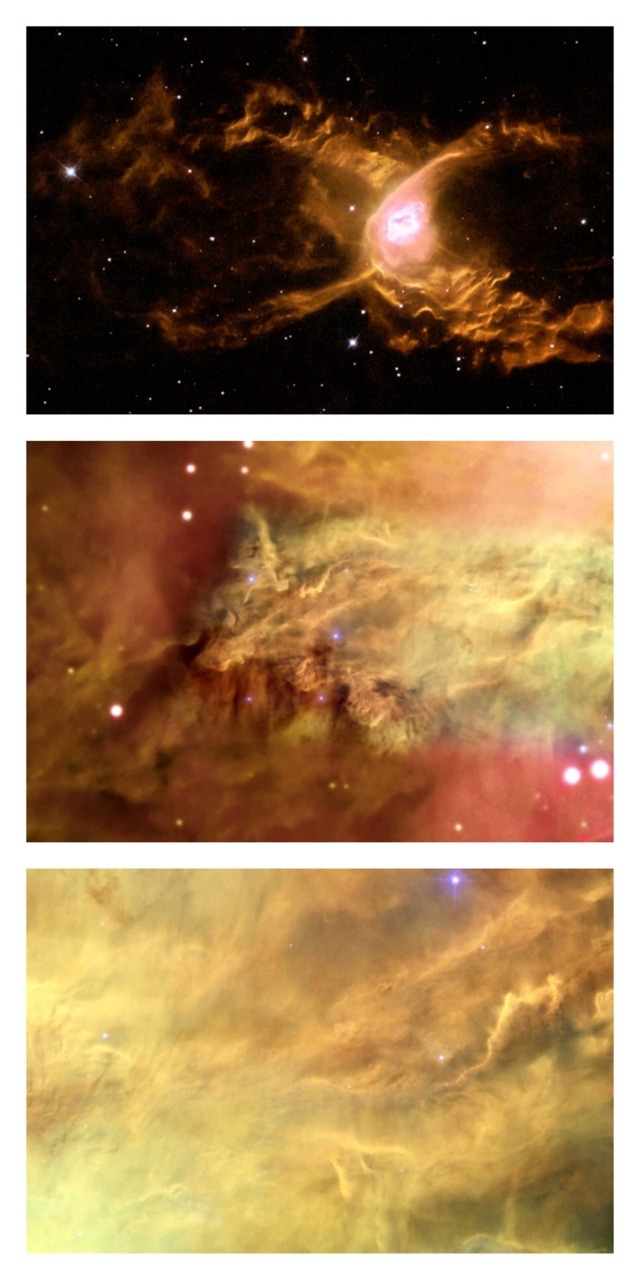
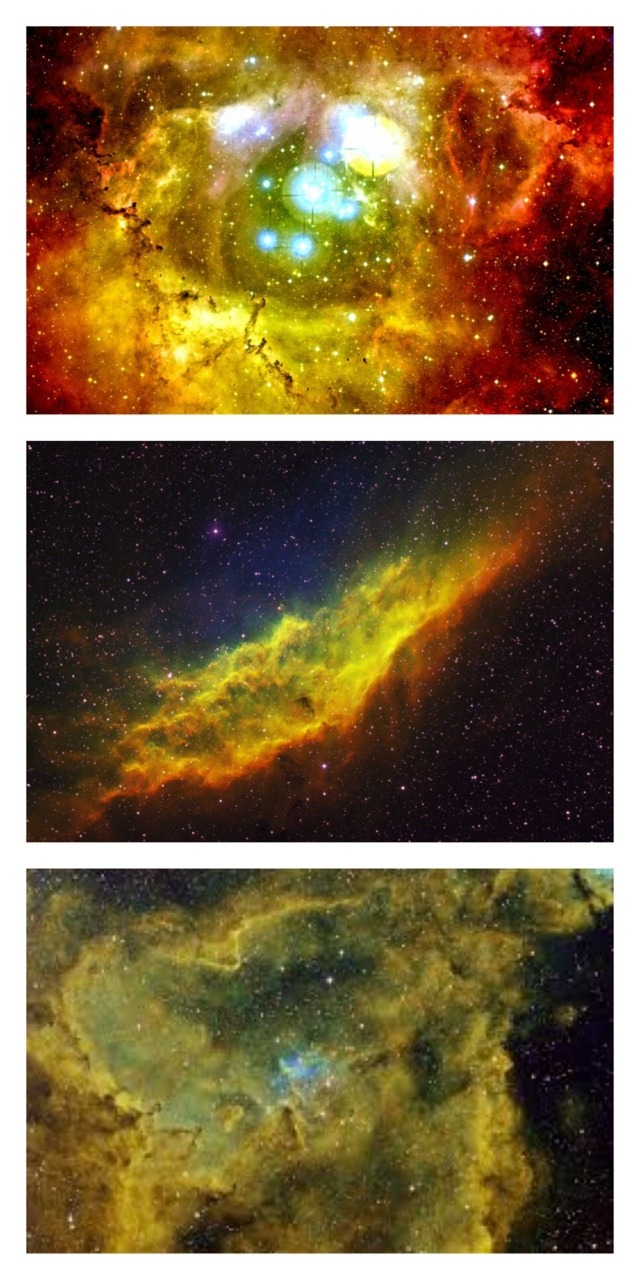
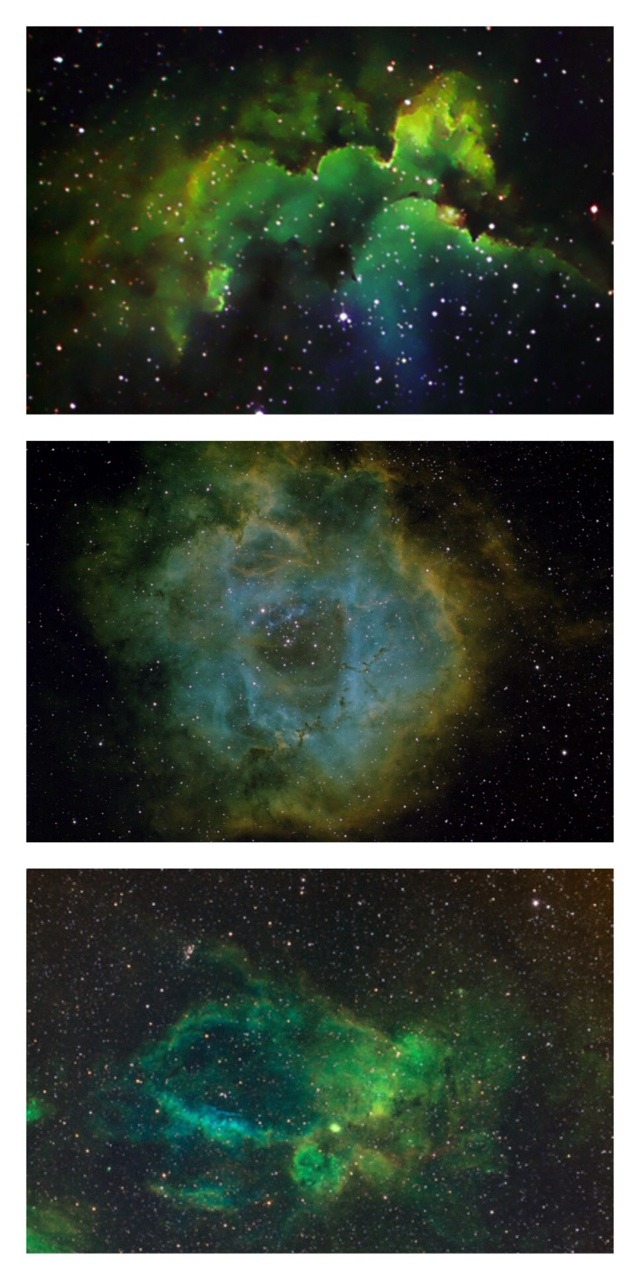
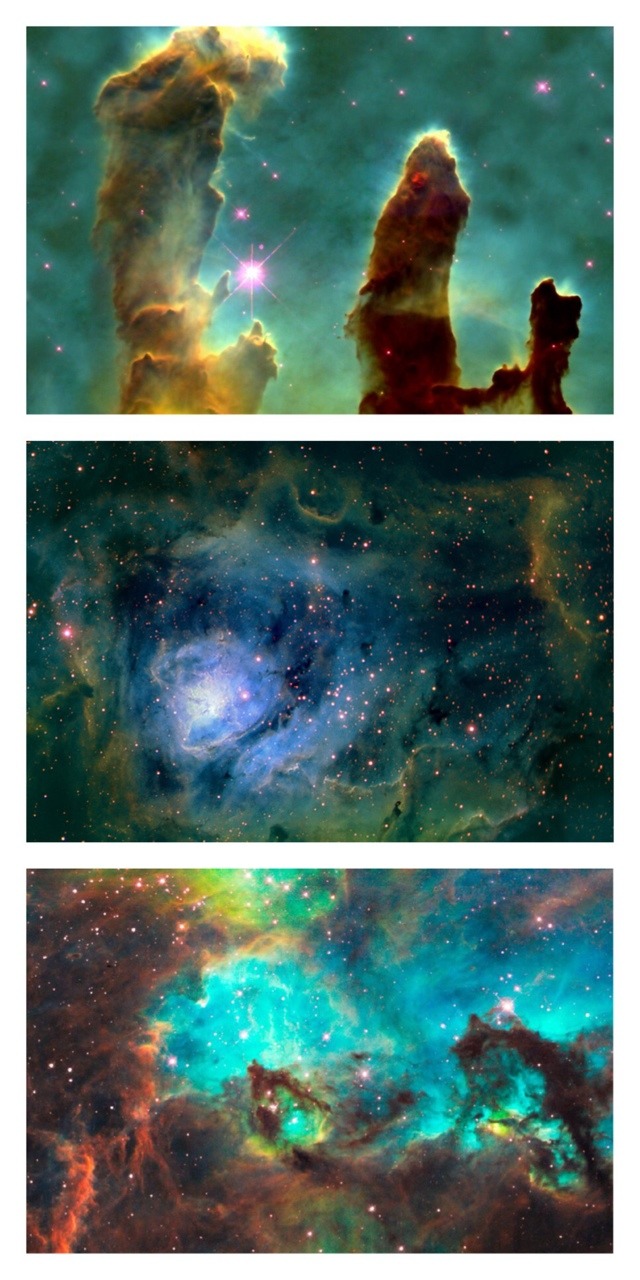
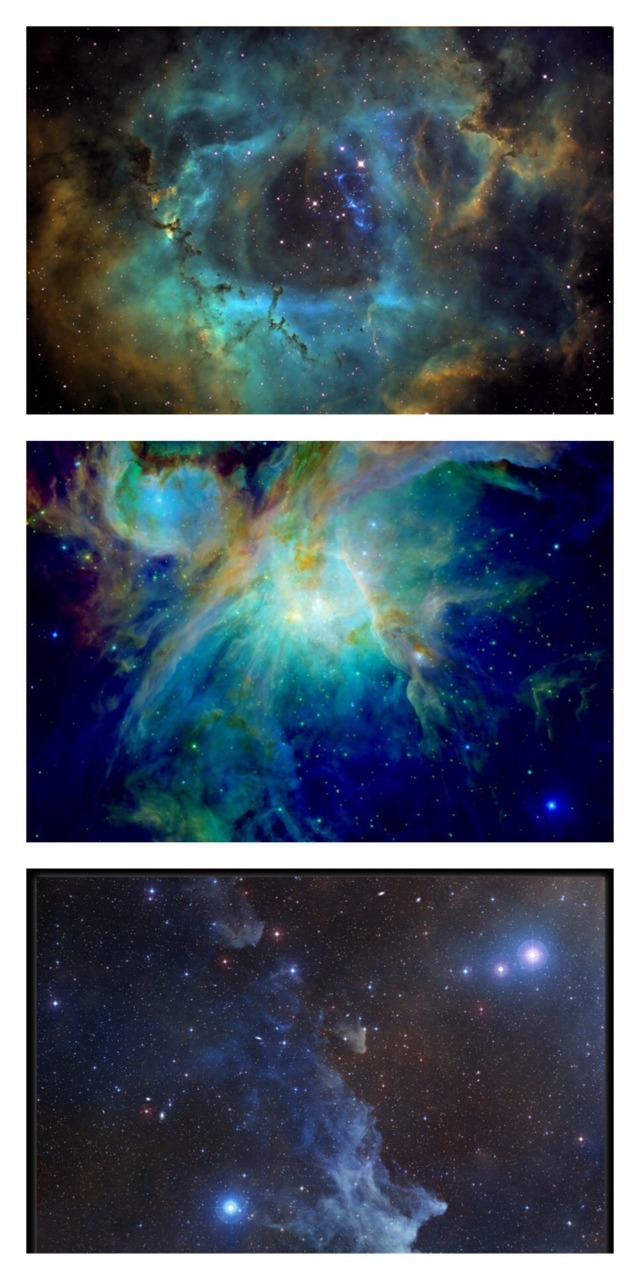
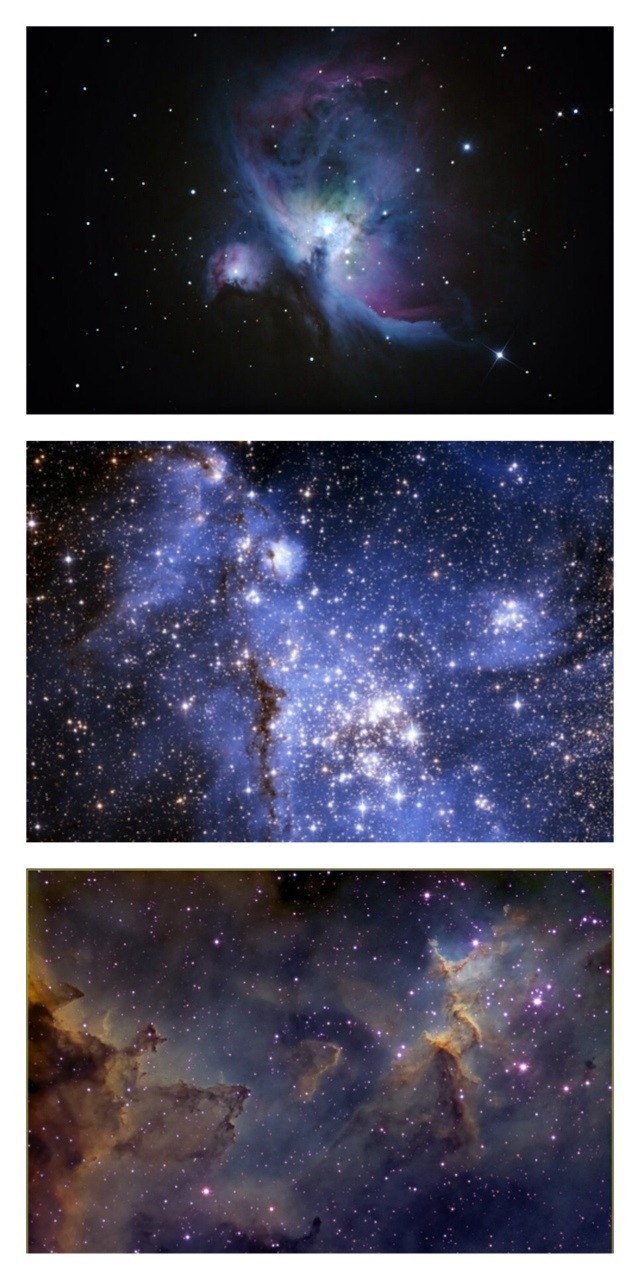
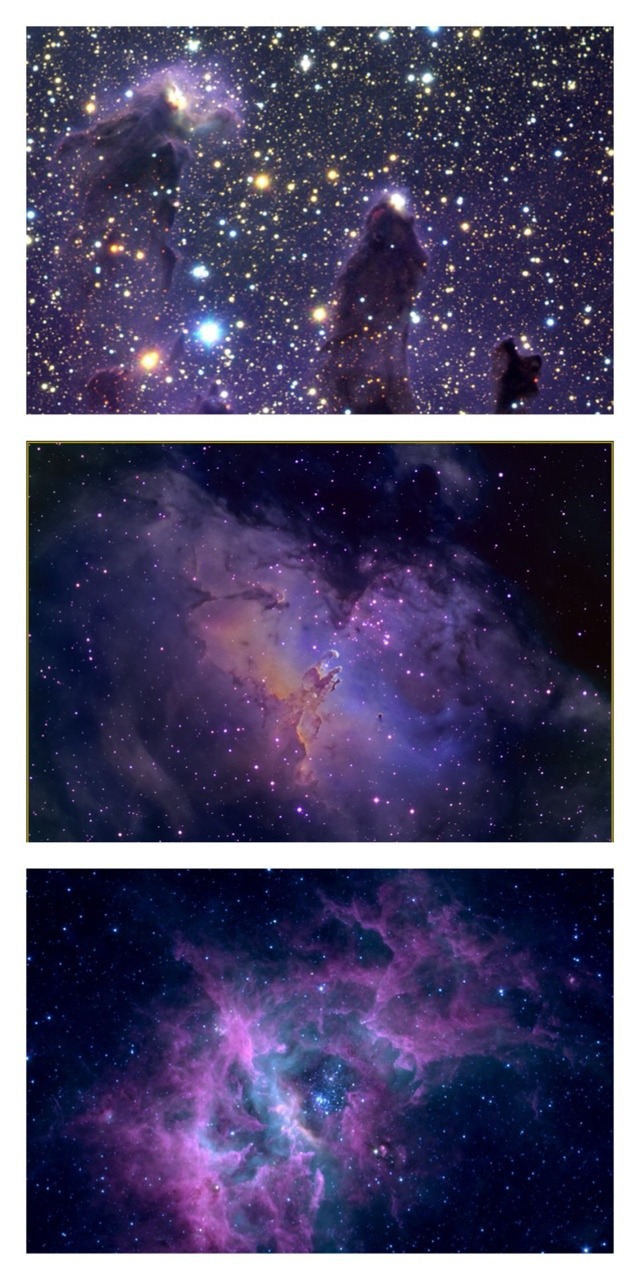
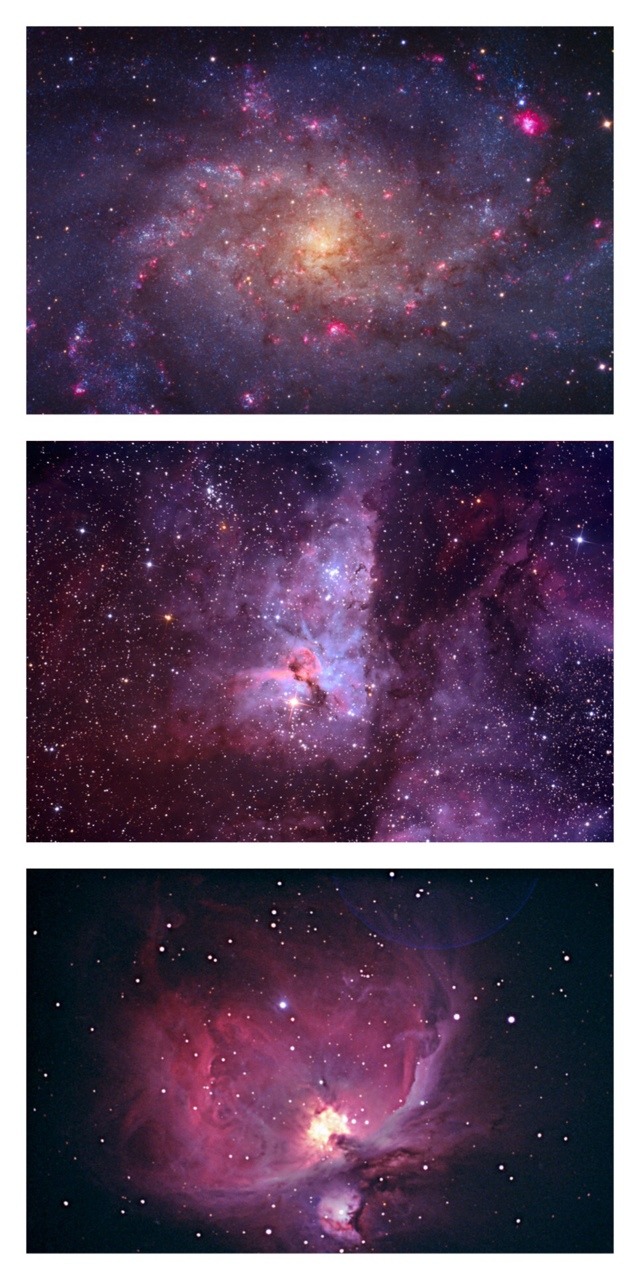
Go big or go home

What is a Supermoon Lunar Eclipse?

We’ve told you that on Sept. 27 a supermoon lunar eclipse will occur in the U.S. And much of the world, but what does that mean?
One important note, is that this event can be referred to in many different ways:
Supermoon Lunar Eclipse
Super Blood Moon
Harvest Moon Eclipse
Supermoon Eclipse
All slightly different names, but apply to the same spectacular event that will occur this weekend.
Since it’s rare that both a supermoon and an lunar eclipse occur at the same time, let’s break it down.
1) Supermoon

A supermoon is a full or new moon that falls closest to the fall equinox, and is at its closest approach to the Earth. This results in the moon appearing up to 14% larger in diameter.
2) Lunar Eclipse

A lunar eclipse occurs when the moon passes directly behind the Earth into its shadow. This can give the moon a red tint.
3) A Supermoon Lunar Eclipse!

The combination of these two events does not happen very often. In fact, since 1900 a supermoon lunar eclipse has only happened 5 times! The last time this occurred was 1982, and if you miss the event this year, your next opportunity won’t come until 2033.
This year, the event will be visible from the Americas, Europe and Africa on the night of Sept. 27. Here’s a full schedule of the supermoon eclipse:

If it’s cloudy in your area on Sept. 27, don’t worry! NASA Television will be providing a live stream of the event, so you can tune in and enjoy the show.
For more information and resources on the supermoon lunar eclipse, visit our page on NASA.gov.
Make sure to follow us on Tumblr for your regular dose of space: http://nasa.tumblr.com
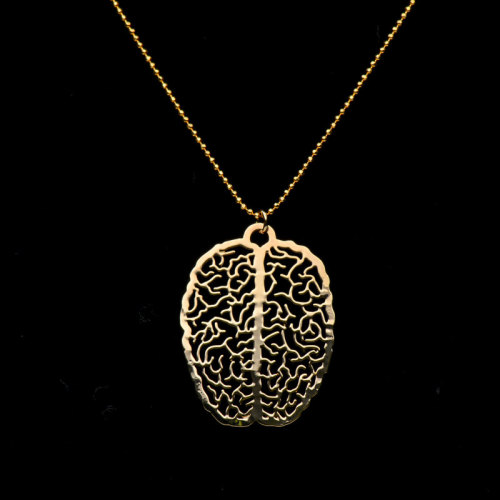
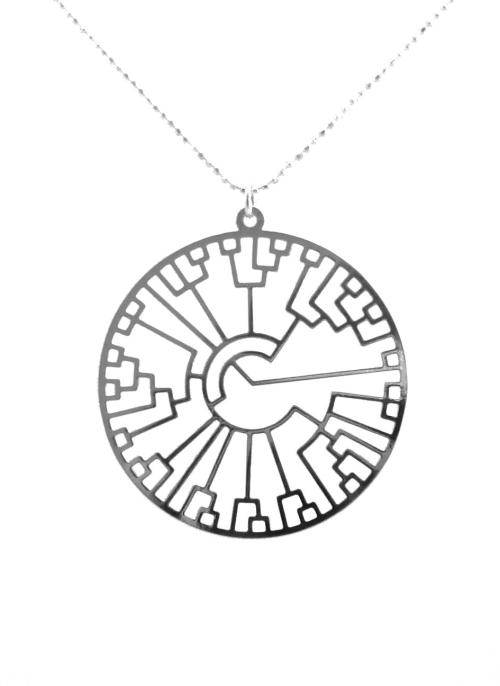
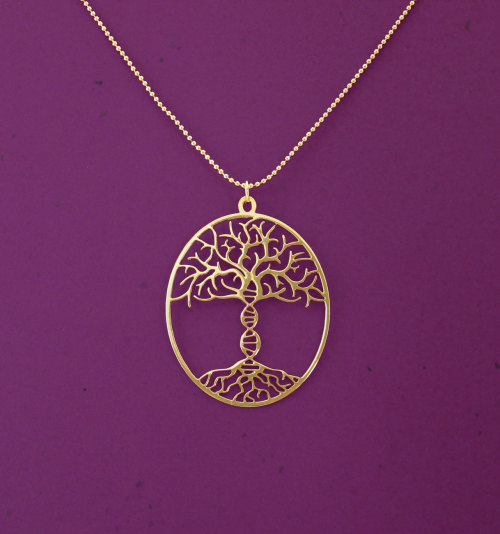
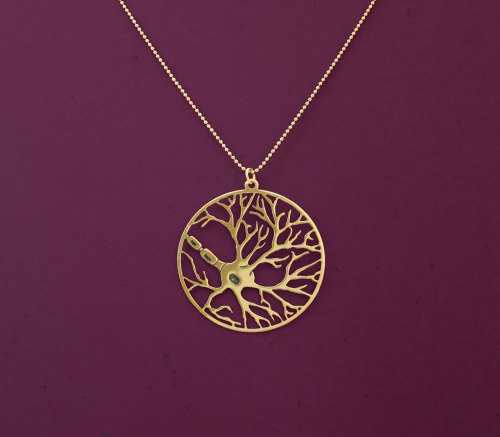
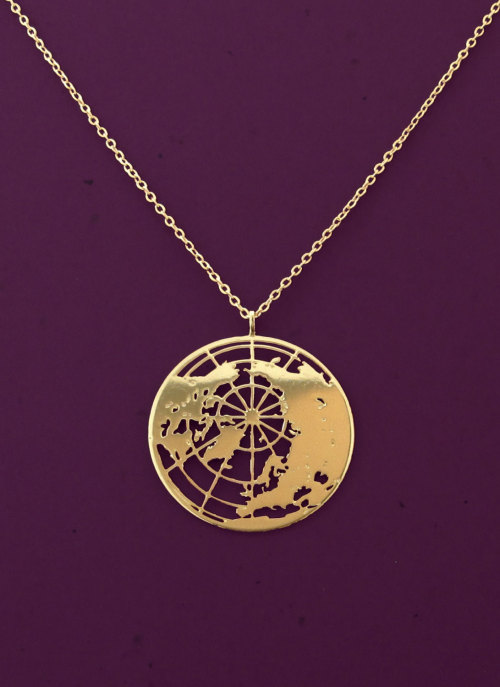
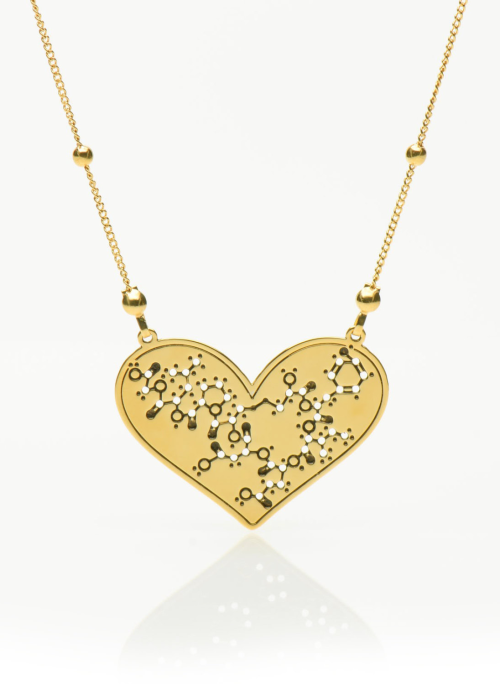
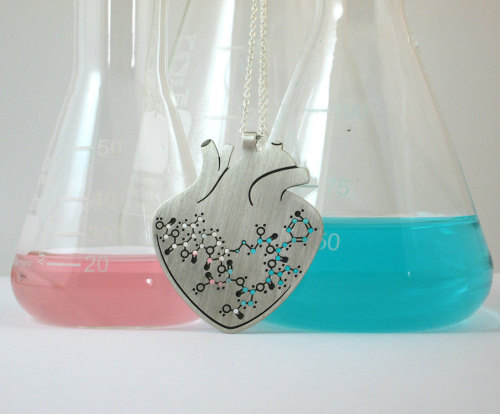
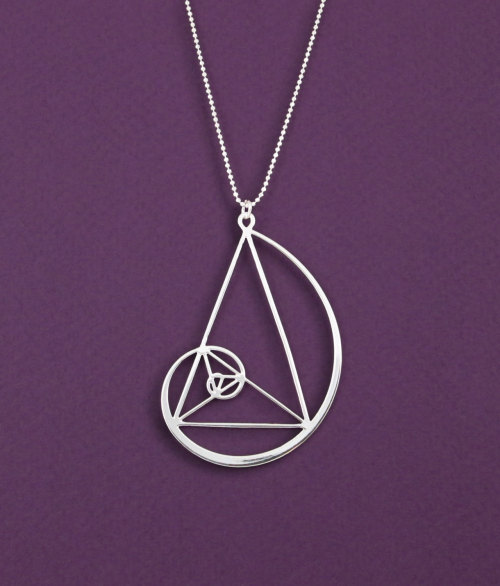
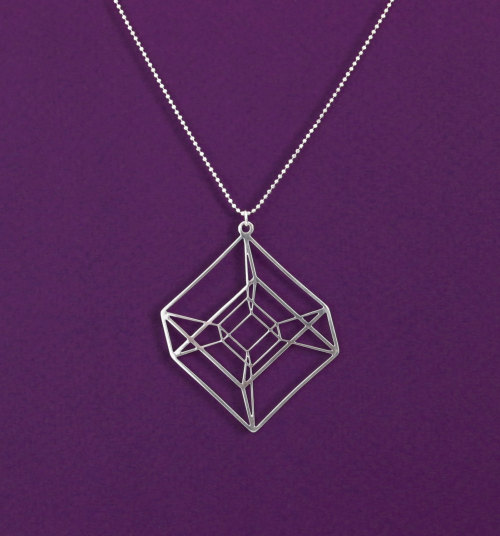

‘Jewelry for scientists, nerds and geeks of all kinds’ - including the Evolution Tree, Oxytocin and Solar System necklaces - by Delftia on Etsy
• So Super Awesome is also on Facebook, Twitter and Pinterest •
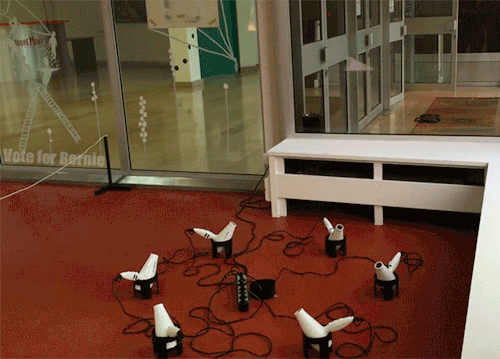
When engineers are bored.
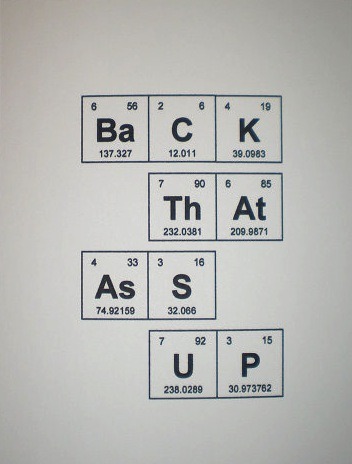





NDT just murdered B.o.B.
-
 chancellorcannoli reblogged this · 3 months ago
chancellorcannoli reblogged this · 3 months ago -
 tomstar19 liked this · 4 months ago
tomstar19 liked this · 4 months ago -
 feabmilfyway liked this · 5 months ago
feabmilfyway liked this · 5 months ago -
 atouchofadhd reblogged this · 5 months ago
atouchofadhd reblogged this · 5 months ago -
 j-wolf191 liked this · 5 months ago
j-wolf191 liked this · 5 months ago -
 tigerlad reblogged this · 5 months ago
tigerlad reblogged this · 5 months ago -
 lospaziobianco reblogged this · 5 months ago
lospaziobianco reblogged this · 5 months ago -
 scp-blog-archive reblogged this · 5 months ago
scp-blog-archive reblogged this · 5 months ago -
 primanovavibes reblogged this · 5 months ago
primanovavibes reblogged this · 5 months ago -
 owterspaceman liked this · 6 months ago
owterspaceman liked this · 6 months ago -
 radical124 liked this · 6 months ago
radical124 liked this · 6 months ago -
 haveahearttinman reblogged this · 7 months ago
haveahearttinman reblogged this · 7 months ago -
 scrmnviking reblogged this · 7 months ago
scrmnviking reblogged this · 7 months ago -
 scrmnviking liked this · 7 months ago
scrmnviking liked this · 7 months ago -
 closertotheheart liked this · 7 months ago
closertotheheart liked this · 7 months ago -
 neuneuforever liked this · 7 months ago
neuneuforever liked this · 7 months ago -
 zippocreed501 liked this · 7 months ago
zippocreed501 liked this · 7 months ago -
 angrycrabeyes reblogged this · 7 months ago
angrycrabeyes reblogged this · 7 months ago -
 annita89qav7a9uh liked this · 8 months ago
annita89qav7a9uh liked this · 8 months ago -
 archive-of-my-favorite-fandoms reblogged this · 8 months ago
archive-of-my-favorite-fandoms reblogged this · 8 months ago -
 esquizo3214378 liked this · 8 months ago
esquizo3214378 liked this · 8 months ago -
 jimbr549 reblogged this · 8 months ago
jimbr549 reblogged this · 8 months ago -
 jimbr549 liked this · 8 months ago
jimbr549 liked this · 8 months ago -
 abitofeverything-allofthetime liked this · 8 months ago
abitofeverything-allofthetime liked this · 8 months ago -
 lilliephoenix reblogged this · 8 months ago
lilliephoenix reblogged this · 8 months ago -
 sissybitcht liked this · 9 months ago
sissybitcht liked this · 9 months ago -
 mathi-arts-things liked this · 9 months ago
mathi-arts-things liked this · 9 months ago -
 baconmancr reblogged this · 10 months ago
baconmancr reblogged this · 10 months ago -
 underthe1mountain liked this · 10 months ago
underthe1mountain liked this · 10 months ago -
 releaseth3quackin liked this · 11 months ago
releaseth3quackin liked this · 11 months ago -
 eyeball-freak liked this · 11 months ago
eyeball-freak liked this · 11 months ago -
 startoftomorrow-blog liked this · 11 months ago
startoftomorrow-blog liked this · 11 months ago -
 sexmasteranubis liked this · 1 year ago
sexmasteranubis liked this · 1 year ago -
 jstpic liked this · 1 year ago
jstpic liked this · 1 year ago -
 honeyboy07 liked this · 1 year ago
honeyboy07 liked this · 1 year ago -
 majynu liked this · 1 year ago
majynu liked this · 1 year ago -
 primoprimavera reblogged this · 1 year ago
primoprimavera reblogged this · 1 year ago -
 casperwyomingxer liked this · 1 year ago
casperwyomingxer liked this · 1 year ago